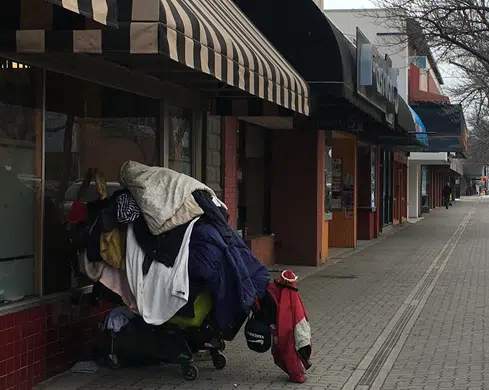
Work to compile all of the data collected during the latest Point-in-Time Count in Kamloops will now be getting underway with a report set to go before City Council this fall.
While the data won’t be ready for a few months, the City’s Community and Emergency Supports Supervisor, Natasha Hartson, expects the number homeless people in Kamloops to exceed the 206 counted during the last count done in 2021.
“I speak with many service providers regularly and we’re just hearing that there are more folks on the street, more people are having a challenging time in the housing crisis that we are in,” Hartson said on NL Newsday.
“Also we’re looking two years past COVID, and that last count was done during COVID, there were different resources and supports available to people at that time that aren’t available any longer. So that will also probably have implications on the count.”
This year’s count took place at participating shelters Wednesday night, April 12, and along riverbanks, parks, and alleys in Kamloops on Thursday, April 13.
“We’re not going to sharing any numbers yet, but [the data] now gets sent to a data collection organization that will basically consolidate all of the results for us and we’ll get those details back,” Hartson said. “That will include the count number itself and then there is a whole bunch of other demographic data that we get that we will then include in a longer report.”
“Our team will take all that information and we’ll design a report and at that point, we’ll release those results more publicly.”
Hartson says those demographic questions ranged in scope from age and gender all the way to sexual identity,
“As we know people who are accessing services sometimes if they identify with a different orientation, they may not get the services the need,” she said. “We did ask folks about their barriers to shelter, so if there was reasons they don’t access shelter.
“We also asked questions if they were in foster care and when was the first time they experiences homelessness. There was a lot of questions that we asked – actually quite personal questions – to get a better understand of how people end up in situations of homelessness.”















